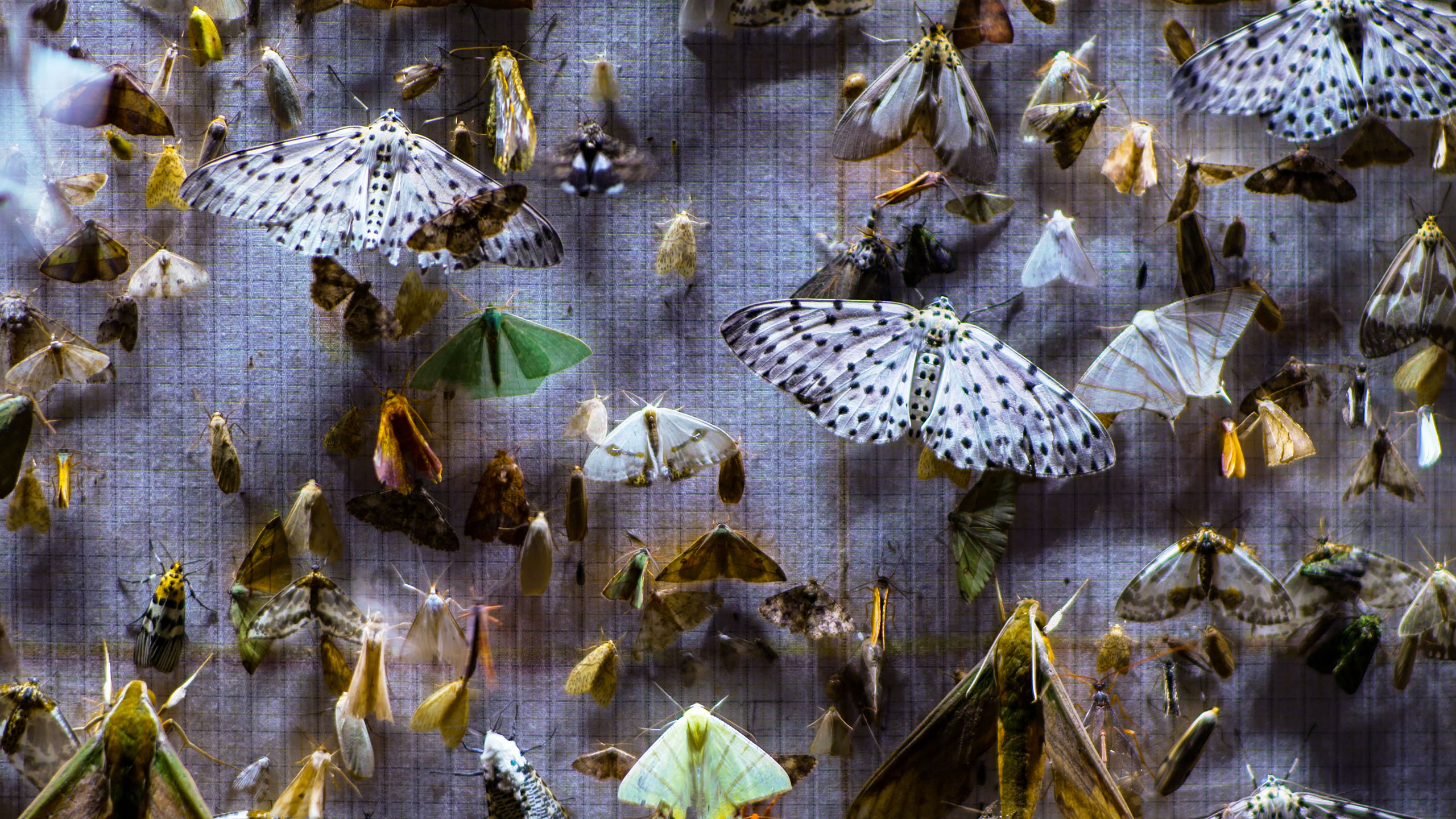Nocturnes
(India/USA, 82 min.)
Dir. Anirban Dutta and Anupama Srinivasan
Programme: World Cinema Documentary Programme (World Premiere)
Hawk moths, specifically the death’s-head hawk moth, have a certain notoriety in cinema. Many cinephiles likely recognize them as the calling card of serial killer Buffalo Bill in Jonathan Demme’s Oscar winner The Silence of the Lambs. The dark, twitchy moths with markings that resemble skulls, these insects might rightly creep the bajeezus outta some people. It turns out, these moths are actually quite beautiful. Moreover, as Nocturnes poetically illustrates, they’re a complex and delicate type of moth—simply one of many species that comprise the diversity of moths. Nocturnes gives these moths a closer look than any film before. While the images are striking, the evidence that researcher Mansi Mungee discovers is far more chilling than anything Buffalo Bill turned up. These moths are sounding the alarm for climate change.
Nocturnes follows Mungee and her assistant, Bicki Marphew, as they observe and catalogue hawk moths in one region of the Eastern Himalayas. Mungee and Marphew, a member of the local Bugun Indigenous tribe, carefully set up screens on which moths arrive at night. The moths flutter onto the screen by the thousands. With outstanding macro cinematography, directors Anirban Dutta and Anupama Srinivasan afford an up-close view of Mungee’s research. There are so many kinds of moths. So many shapes, sizes, and colours of insects. They’re surprisingly marvellous sights. Mungee and Bicki photograph them fastidiously, paying close attention to the hawk moths in order to focus their research.
An Immersive Nature Doc
While they’re awed by the views, the flocks flag immediate concerns. For one, Mungee and Marphew recognize that the sheer volume of moths seems abnormal. They’re witnessing a migration, or an exodus perhaps, as the insects climb higher up the mountain. Mungee’s research considers whether the moths’ size changes in relation to altitude. They measure the insects at different intervals up the mountain. All the while, she and Marphew are on the lookout for elephants. They hope to see the majestic creatures march through the paths. The elephants do work their way into the movie, but they too seem to be on the move.
Nocturnes poetically captures the rigorous nature of research as Mungee and Marphew study their screens nightly. So too does the doc evoke the thrill of discovery as one joins them in gazing upon the extensive range of moths. The vivid cinematography affords a view the naked eye could never enjoy. These moths, rarely considered anything but pests, at least in Western society, are actually quite remarkable. They’re unexpectedly beautiful to look at with distinct markings and patterns that rival hummingbirds in their appeal.
Nocturnes offers a sensory immersion in the insects’ aura. Their wings flap constantly on the screen. The whir of bugs doubles as a soundtrack, alternatively skin-crawlingly gross and refreshingly soothing. Music by Nainita Desai, sparingly used, absorbs one in the tranquil setting.
Dutta and Srinivasan capture the Himalayan setting lovingly, too, which further situates Nocturnes into a higher order of environmental docs. The cinematography by Satya Rai Nagpaul harnesses the cinematic power of the landscape as the mountainsides are lush shocks of greenery made doubly evocative with haze and mist. Nocturnes positions nature as a wonder to behold while reminding viewers that such beauty is fleeting if people don’t recognize the signs for climate change and act soon enough.













